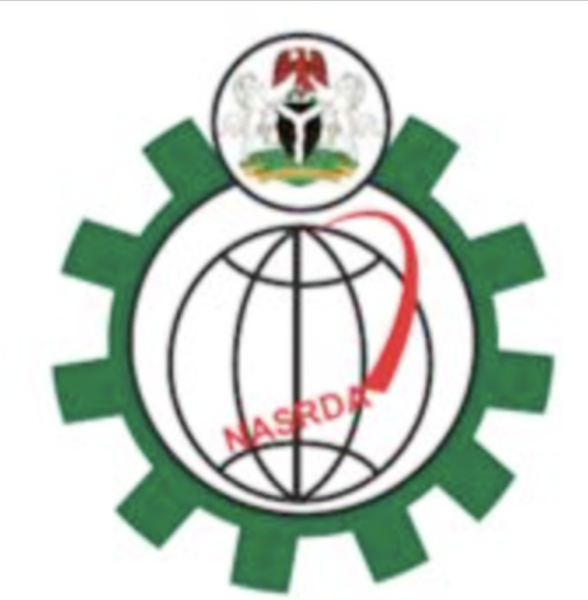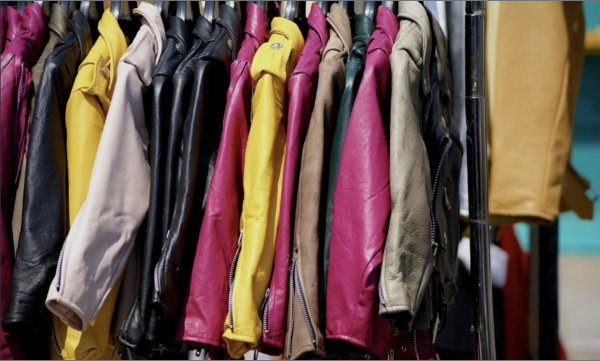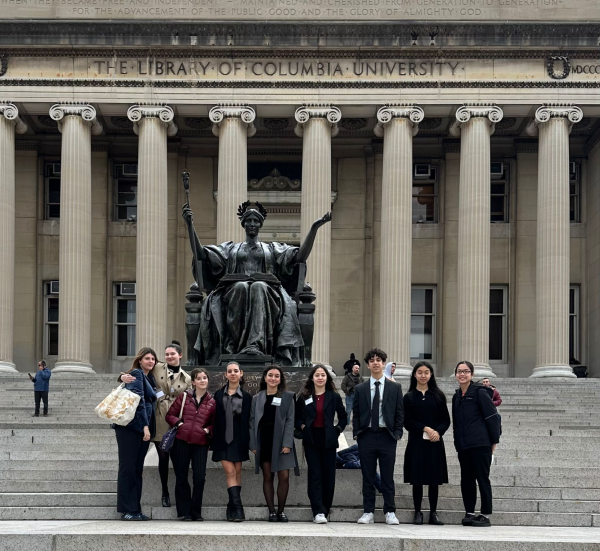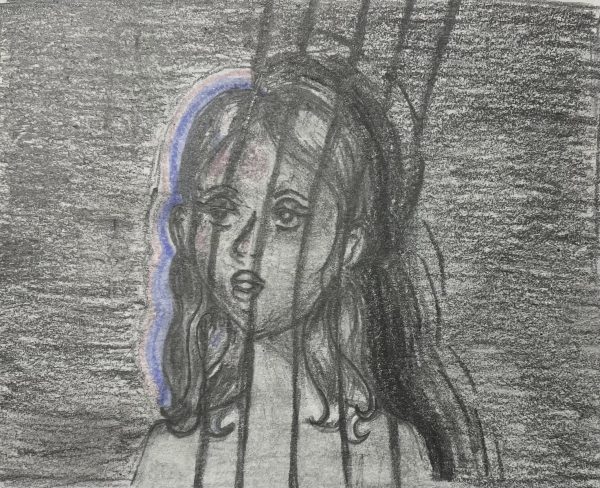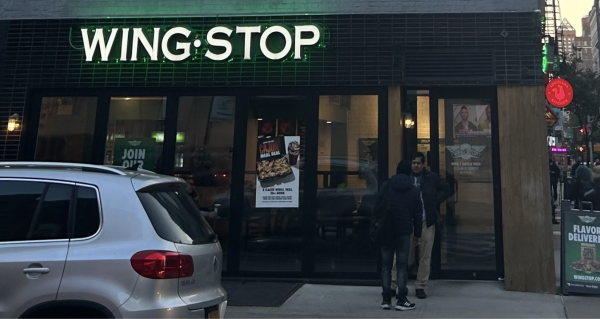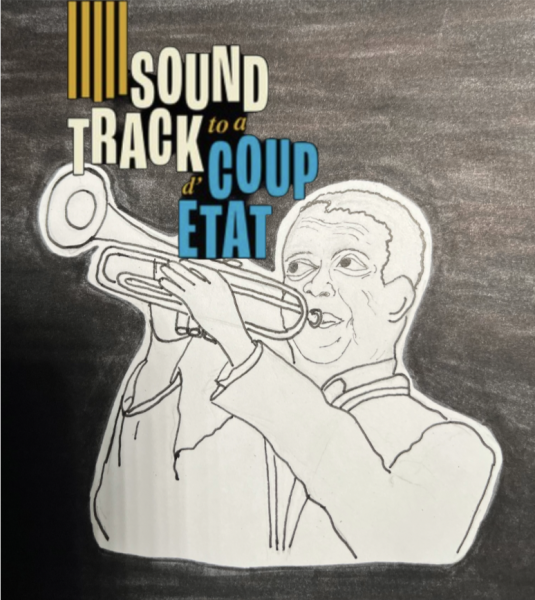A History of Refugee Presence in New York City
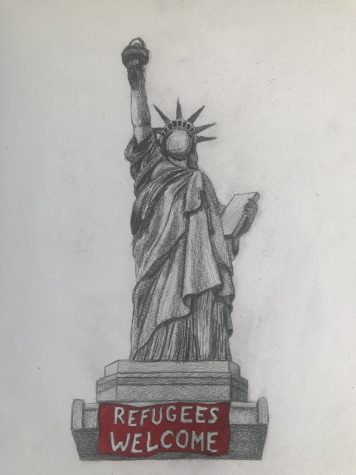
New York is famously one of the most racially, ethnically, and linguistically diverse cities in the world. Most residents know that immigrants contribute greatly to our city’s rich tapestry of cultures, but they’re likely unaware of the often untold stories of refugee populations. In fact, New York State has welcomed thousands of displaced people in recent years and the City remains one of the primary locations for resettlement. As we are poised to receive an influx of Ukrainians fleeing war, here is a look back at the history of refugee presence in NYC.
***
1845 – c. 1855 – The Irish Potato Famine
The Great Famine in Ireland, caused by the mass infection of the potato harvest, wiped out one million people and led to the hasty emigration of two million more. Though they settled in New York City in the hopes of beginning a better life, Irish refugees were almost immediately met with a wave of xenophobic backlash. The City was primarily Protestant at the time, and the recent arrival of Catholic refugees was far from welcome because of long-standing tension between the two sects. This resentment of the newly-arrived Irish manifested itself in harassment and ostracism. Classified job advertisements explicitly excluded these refugees with the infamous “no Irish need apply” precondition.
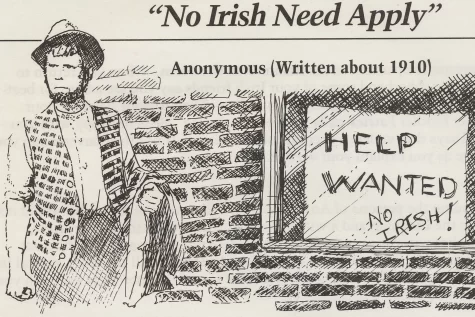
Unfazed, the refugees soon established parochial schools in the Bronx and Lower East Side and became politically involved in their districts. This catapulted them to the forefront of daily life in New York, and allowed them to improve their social standing. Those who could not afford education turned to construction work. In fact, these laborers are credited with the creation of the subway’s central tunnel system. Their contribution helped change the perception of refugees as “freeloaders,” and further improved existing residents’ attitudes towards them.
Now, the Irish are not just integrated in all neighborhoods, professions, and social circles in New York, but are a pillar of the City’s traditions. Riotous St. Patrick’s Day parades and Irish-style pubs abound, symbolizing the successful cultural integration of Irish refugees more than a century ago.
1890s – 1950s – Anti-Semitism in Eastern Europe and World War II
Since the early 1900s, Jewish people have fled to America to escape religious persecution. Many came from Russia and Eastern Europe, frustrated with the political turmoil, lack of opportunity and ingrained anti-Semitism in their homelands. Soon, the Lower East Side – dubbed the “Capital of Jewish America” – was full-to-bursting with refugees.
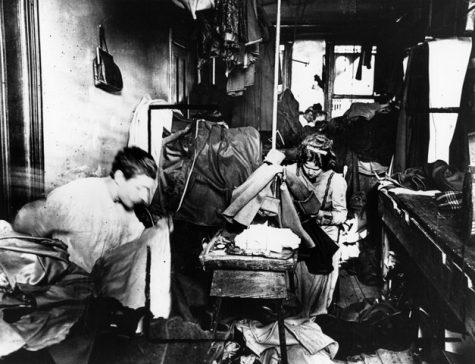
Those from the Russian Empire had been legally prevented from participating in most mainstream jobs, which meant that they often lacked skills that would make them employable in a large metropolis like New York. They, therefore, turned to informal labor in sweatshops to make a living. This proved lethal for some. For instance, the Triangle Shirtwaist Factory Fire, a result of neglected safety regulations, killed 102 Jewish workers out of the 146 total deaths. After the tragedy, many from the victims’ community, alongside other New Yorkers, joined unions and fought for fairer working conditions which made them better incorporated into City life.
As this phase of immigration ended, a second wave of Jewish refugees, fleeing the Holocaust, entered New York starting in 1939. In a bid to help them assimilate, the government introduced English classes and other cultural crash courses. Once settled, Jewish children quickly began to enroll in public schools in all boroughs while their parents found work in a variety of professional fields — a situation much improved from the first wave.
The racially fuelled Crown Heights Riots between Black and Jewish residents were a major setback, but tensions were reduced thanks to local community action. This aside, Jewish refugees in NYC have, for the most part, been welcomed and well-treated. They’ve made contributions to a variety of fields like the arts, sciences, and academia, but (arguably) most importantly, to our culinary world, in the form of quintessentially New York pastrami sandwiches and bagels.
1970s – 1980s – South-East Asian Refugees (Cambodia and Vietnam)
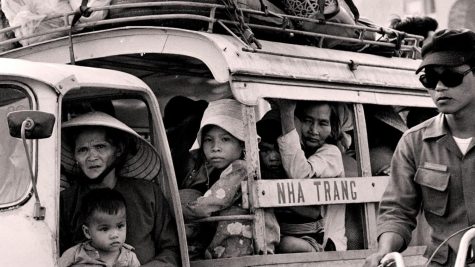
In this time period, South-East Asia was in disarray. The fallout of the war in Vietnam and the rise of the brutal Khmer Rouge in Cambodia provoked almost a quarter million to come to the US in search of a better life. Like many displaced people in recent years, Cambodian and Vietnamese populations entered the country legally with refugee status. This meant that they were supposed to be resettled by the government and given some federal assistance during their first few months. However, upon realizing the sheer size of the South-East Asian influx, the government decided to give local non-profits grants to support integration efforts. This inevitably incentivized some organizations to find quick, low-cost resettlement so they could keep most of the grant for other initiatives. Thus, many refugees were grouped together in large, dilapidated buildings in the Bronx and Chinatown. Aside from occasional welfare checks, they were then left to fend for themselves.
Professor of Asian American Studies Eric Tang argues that for Cambodians this caused the creation of a “hyperghetto” with living conditions not dissimilar to those that the refugees had tried to escape in the first place. Vietnamese refugees face similar overcrowding even today. Like Jewish settlers close to a century earlier, South-East Asian refugees struggle to find employment because of their skillset and the language barrier; many end up working in the ethnic restaurant business. However, hope of improved assimilation is already on the horizon. South-East Asian activists have successfully lobbied to improve US resettlement policies not just for their communities, but for all refugees.
2021 – The Fall of Kabul
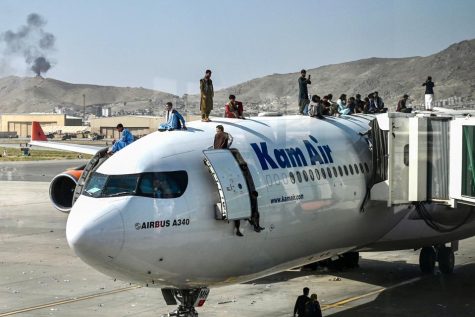
The most recent refugee influx occurred after the fall of Afghanistan’s capital, Kabul, in summer 2021. Following the US military’s departure from the country after years of involvement, the city quickly became controlled by the Taliban, an Islamic fundamentalist group. 76,000 Afghans were evacuated, and over one thousand were welcomed to New York in September.
Resettlement is still underway, and to aid in the process Governor Hochul has devoted $2 million to integration efforts. This will include mental health services, English classes, and job training, making it a comprehensive welcome package. The funding certainly points to a more thoughtful integration effort than the one for South-East Asians, and hopefully signals that New York is now in a new and improved phase of refugee resettlement.
***
Refugees are undoubtedly part of the fabric of New York, and have greatly contributed to its identity as a shelter for all. If you’re interested in learning more, here are a few resources you can check out!
The Tenement Museum of Immigration
Refugee Kids: One Small School Takes On the World (short documentary)
City Of Dreams: The 400-Year Epic History of Immigrant New York (non-fiction book)

Hi! I'm Maya, and I'm in the class of 2023. I tend to write about Arts and Culture topics, and you can usually find me tuning in to the latest podcast...

Hi! I'm a student in the class of 2025 and in my free time I enjoy playing soccer, drawing, and reading. For UNISVerse, I prefer researching and writing...



